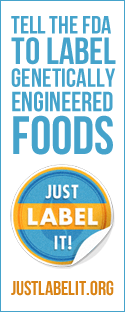|
This 2016 report provides an economic overview of the Canadian agriculture and agri-food system using the most recent data available. It is meant to be a multi-purpose reference document that presents:
Also read, Food Banks Canada is Appealing to Canadians to Support Food Banks During #EveryPlateFull Campaign. The report begins with a special feature section on natural resource use and the environment. This section examines the impact of agriculture on the environment and quantifies greenhouse gas (GHG) emissions by Canada's various economic sectors, including agriculture. Historical levels of emission trends by agricultural sub-sector (for example, livestock and crop, land use, on-farm energy use) are provided, along with emissions/removals associated with land management changes. Projected GHG emissions for the agricultural sector through 2030 are given. The remainder of the section addresses Canada's agricultural use of land and water resources, including types of agricultural land cover, water use and consumption by sector, irrigation levels by province, farm size, farm type, and crop, as well as irrigation methods and sources of irrigation water. The rest of the report looks at the agriculture and agri-food system's relevance to the Canadian economy, as measured by its share of the Canadian gross domestic product (GDP) and number of jobs in Canada. It also reviews the sector's performance internationally, in terms of its share of agriculture and agri-food trade to total world trade and a snap shot of each segment of the agriculture and agri-food system covering; primary agriculture, food processing, consumers and food distribution. The report ends with an overview of government support to agriculture. The report describes the Canadian agriculture and agri-food system as a modern, complex, integrated and competitive supply chain that is important to the Canadian economy. It is a dynamic and resilient system that constantly adapts to changing consumer demands, technological advances and globalization. HighlightsSpecial feature – Natural resource use and the environment
Importance of the system to the Canadian economy
Global context
Primary agriculture
Farm level innovation
Food and beverage processing
Consumers
Government expenditures in support of the sector
See the full report, HERE Source Government of Canada
0 Comments
Leave a Reply. |
Advertisement
News & Updates
Stay informed with the latest news around foodservice, agriculture and other related food news. Advertisement Opportunities
|

 RSS Feed
RSS Feed


